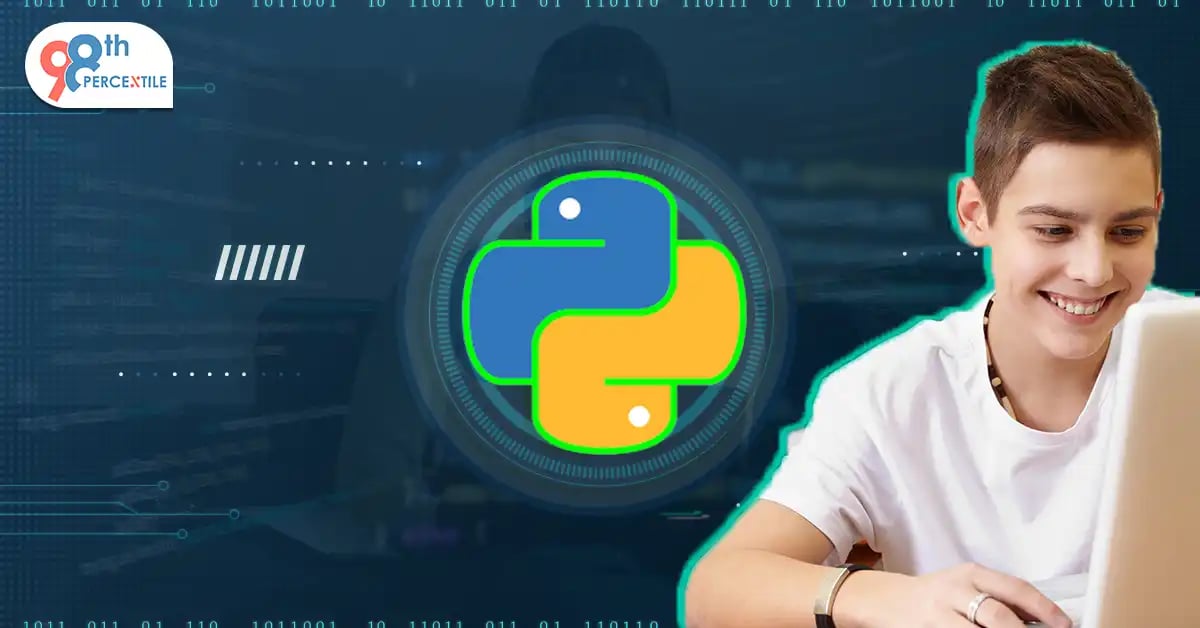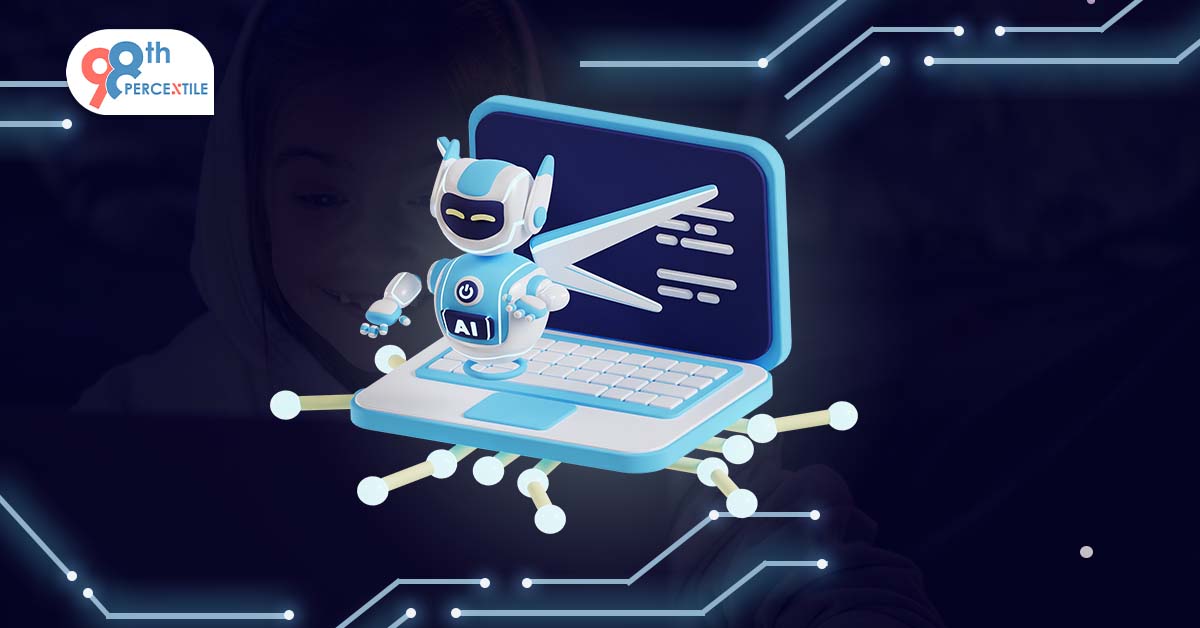Block coding is a beginner-friendly programming method using visual blocks to create code. It simplifies coding concepts, making it accessible for kids and beginners. Platforms like Scratch and Blockly utilize block coding, teaching fundamental coding logic and encouraging creativity by allowing users to create interactive games, animations, and stories without syntax complexities.
What are different types of block coding available for kids?
Various types of block coding platforms cater to kids' learning needs and interests, offering engaging ways to explore programming concepts:
- Scratch: Developed by MIT, Scratch is a popular block coding platform allowing kids to create animations, games, and stories. Its intuitive drag-and-drop interface enables easy coding with colorful blocks.
- Blockly: A versatile block coding language, Blockly is used in various platforms and tools. It offers a customizable interface and is employed in educational settings to teach programming logic.
Begin Your Child's Coding Adventure Now!
- Tynker: Tynker offers a range of block coding courses for kids, covering topics from game development to robotics. It includes puzzles, challenges, and interactive tutorials.
- Code.org: Known for its Hour of Code initiative, Code.org provides block-based coding activities featuring popular characters like Minecraft, Star Wars, and Frozen. Its Code Studio offers a structured learning path.
- MIT App Inventor: Ideal for older kids and teens, MIT App Inventor uses block coding to create mobile apps for Android devices. It teaches app development concepts in a user-friendly environment.
- ➜ ScratchJr: Designed for younger children (ages 5-7), ScratchJr simplifies Scratch's interface for early learners, enabling them to create interactive stories and games.
At what age student should start with block-based programming?
Children can start with block-based programming as early as 5 or 6 years old, depending on their readiness and interest. Platforms like ScratchJr and Blockly cater specifically to younger children, introducing basic coding concepts through colorful blocks and simple drag-and-drop interfaces.
Around ages 7 to 10, kids often develop the cognitive skills needed to grasp more complex programming ideas. This is an excellent time to introduce them to platforms like Scratch, Tynker, or Code.org, which offer a wide range of projects and challenges suited for this age group.
What are the benefits of block coding for young kids?
Firstly, block coding simplifies complex programming concepts into colorful blocks that are easy to understand and manipulate. This visual approach helps young kids grasp foundational coding principles such as sequencing, loops, and conditional statements in a fun and interactive manner.
Secondly, block coding fosters creativity and problem-solving skills. Kids can experiment with different combinations of blocks to create animations, games, stories, and more. This hands-on approach encourages them to think logically, troubleshoot errors, and find innovative solutions to challenges they encounter.
How can parents help and be involved in helping their kids learn block coding?
- Parents play a crucial role in supporting their kids' learning of block coding by taking an active and encouraging approach:
- Firstly, parents can introduce their kids to block coding platforms like Scratch, Blockly, or Tynker, guiding them through the initial steps and explaining basic concepts.
- Secondly, they can participate in coding activities together, creating a collaborative learning environment. This not only strengthens the parent-child bond but also allows parents to learn alongside their kids.
- Celebrating achievements, no matter how small, boosts kids' confidence and motivation. Parents can praise their kids' coding projects, display them proudly, and share them with friends and family.
What is the response to block coding by parents and small kids?
The response to block coding by parents and small kids has been overwhelmingly positive, with both groups recognizing the numerous benefits and enjoyable aspects of this educational tool.
Parents are enthusiastic about block coding as it provides a structured yet engaging way for their kids to learn important skills. They appreciate how it introduces coding concepts visually and interactively, making it accessible even to young children. Many parents are impressed by the creativity and problem-solving skills that their kids develop through block coding activities.
Moreover, parents find block coding to be a valuable educational resource that prepares their kids for future success in a technology-driven world. They often express excitement at seeing their children's coding projects come to life, whether it's a simple animation, a fun game, or a creative story.
FAQs
Q1: How can I enroll my kid for block coding?
Ans: You can enroll your kid for block coding by signing up for online platforms like Scratch, and Tynker, or attending local coding workshops.Q2: Are block coding online classes expensive?
Ans: Block coding online classes vary in cost, but many platforms offer free options, making them accessible to all interested learners.Q3: Can I be there along with my kid when he learns to block coding?
Ans: Yes, you can definitely be there with your kid when they learn block coding, providing guidance, support, and encouragement throughout.Q4: How can as a parent I can encourage my small kids to learn block coding?
Ans: Encourage your small kids to learn block coding by introducing fun and interactive platforms like Scratch, joining coding clubs, and praising their progress.Q5: How I can find the best online platform for my kids to learn block coding?
Ans: You can find the best online platform for your kids to learn block coding by reading reviews, comparing features, and trying out free trials before making a decision.
Book 2-Week Coding Trial Classes Now!
In summary, the response to block coding by parents and small kids is filled with enthusiasm, positivity, and a recognition of the valuable skills and enjoyable experiences it provides.

 Students/Staff
Students/Staff Parents
Parents ElevatEd
ElevatEd




-Nov-18-2025-03-57-47-3267-AM.png?width=360&length=360&name=401x226%20(6)-Nov-18-2025-03-57-47-3267-AM.png)



-Jul-22-2025-03-16-52-8797-AM.png?width=360&length=360&name=401x226%20(6)-Jul-22-2025-03-16-52-8797-AM.png)






